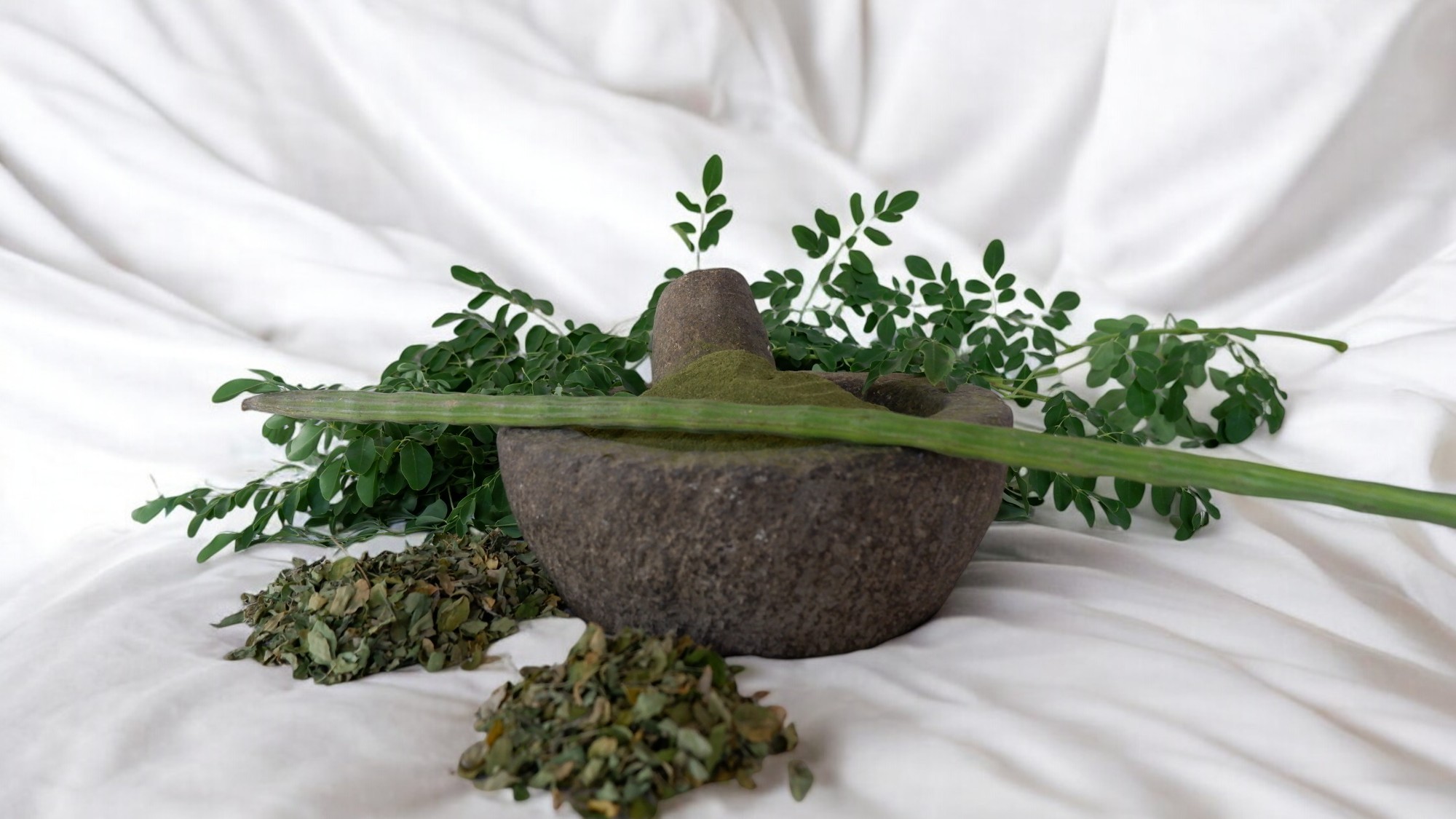New Trends in Australian Protein Powders 2025: Unique Blends, Superfood Innovations, and How to Pick Your Perfect Match

🌿 Premium Moringa Protein Powder - The Superfood Trend
🥇 NutriThrive Premium Moringa Powder
27g protein per 100g • Complete amino acid profile • Rich in vitamins A, C, E, K • High in antioxidants • Australian sourced
⚡ Fast Track Finder
- Shortlist by diet type: plant-based, keto, paleo, gluten-free
- Prioritize functional blends: joint care, gut health, and micronutrient diversity
- Investigate protein alternatives: lupin, faba bean, mushroom, and mycoprotein
- Choose taste improvements: clean, low-additive options
- Discover recipes: hack your protein intake for every meal
Exploring Australia's Hottest Protein Trends
The protein market in Australia is evolving rapidly—moving beyond the classic whey and pea isolates to embrace novel ingredients with elevated nutrition profiles. Consumer demand for "real food" and functional wellness has led brands to create multi-ingredient blends targeting everything from muscle gain and weight loss to digestive comfort and immune support.
Unique and Alternative Protein Sources for 2025
Traditional protein powders remain popular—whey, casein, pea—but new sources are stealing the spotlight. These include:
Faba Bean Protein
Gaining ground for neutral taste, high amino acids, and allergy-friendly properties. Popular in gut-friendly blends.
Lupin Protein
An Australian-grown legume, rich in protein and fiber, low in carbs. Increasingly used for vegan blends and protein chips.
Moringa & Mushroom
Moringa delivers a whole-food profile with vitamins and minerals. Mushroom-derived mycoprotein gives a complete amino acid profile plus fiber, and is used in "meaty" vegan textures.
Pumpkin Seed & Superfood Mixes
Pumpkin seed protein offers magnesium and zinc, paired with botanicals for antioxidant boosts.
Protein Powder Comparison Table: New Wave Blends
| Brand/Blend | Main Protein | Extras | Taste Profile | Suitability | Price | Standout Benefit |
|---|---|---|---|---|---|---|
| Bare Blends Superfood | Faba bean + pea | Kakadu plum, probiotics | Smooth, tart | Vegan, GF | $$ | Aussie native fruit |
| Lupin Gold | Lupin | None | Mild, nutty | Vegan, GF, low-carb | $$ | Low allergy, local |
| Switch Amino | Multi (EAA) | Botanicals | Fruity, clean | Performance | $$$ | Full EAA spectrum |
| Botanika Blends | Pumpkin seed, pea | Superfoods | Dessert-like | Vegan, gluten-free | $$ | Gut health focus |
| Morlife Plantiful | Pea, faba bean, hemp | Algae, minerals | Hearty, earthy | Vegan, no soy | $$ | Superfood diversity |
Sources: latest reviews and market launches as of Nov 2025.
Innovation Spotlight: Why Ingredient Diversity Wins
From "One-Source" to "Multi-Source" Blends
Multi-protein blends (using two or more sources) deliver improved taste, better digestibility, and a broader amino acid profile. Faba bean, lupin, and pea are native, sustainable choices increasingly included alongside more exotic botanicals like Kakadu plum, matcha, turmeric, and algae. These blends support gut health, immune function, and overall well-being—far surpassing the traditional vanilla or chocolate isolate.
The Rise of Clean Label Proteins
With 28% of Aussies wanting fewer additives, brands are focusing on simplified ingredient panels—free from artificial sweeteners, preservatives, and bulking agents. Clean blends often feature probiotics, digestive enzymes, and native fruits for taste and health benefits.
Moringa vs. Other Superfoods: The Nutrition Showdown
| Nutrient | Moringa Powder | Pea Protein | Whey Isolate | Lupin Gold | Mushroom Protein |
|---|---|---|---|---|---|
| Protein/100g | 27 g | ~80 g | ~90 g | ~40 g | ~60 g |
| Amino Acid Profile | Complete | Nearly complete | Complete | Complete | Complete |
| Vitamins | High A, C, E, K | Moderate | Low | Moderate | B vitamins |
| Fiber | High | Low | Low | High | High |
| Antioxidants | Very high | Low | None | Moderate | Moderate-High |
| Sustainability | Excellent | Good | Moderate | Excellent | Good |
Delicious Ways to Use Modern Protein Powders (Australian Recipes)
🥭 Aussie Kakadu Plum Protein Smoothie
Blend pea/faba protein, frozen mango, Kakadu plum powder, coconut milk, and spinach.
🥣 Vegan Protein Porridge
Stir Lupin or pumpkin seed protein into cooked oats, top with mixed berries and seed mix.
🥙 Moringa & Mushroom Falafel Bowl
Mix moringa powder, chickpea flour, diced mushroom, and spices; shape into balls, bake, and serve with tahini-yoghurt sauce.
🍲 Low-Carb Protein Stir-Fry
Combine tofu, faba bean protein, and local warrigal greens for a nutrient-packed plant-based dinner.
🧁 Dessert Protein Muffins
Use Botanika Blends in almond flour muffins, adding matcha or cacao for flavour and antioxidants.
Expert Tips: Picking A Winner in 2025
- Check label for "complete amino acid profile"—especially important for vegans and vegetarians
- Prioritize blends with Australian-grown ingredients for better freshness and sustainability
- Sample different formats (shakes, bars, smoothie boosters)—taste and texture can vary widely
- Confirm certifications (organic, allergy-friendly, third-party tested) before buying
- Experiment with recipes to make your protein both convenient and delicious
FAQs and Smart Shopping Guide
Q: Are protein blends better than isolates?
A: For daily health, blends can offer more micronutrients, better digestion, and improved flavour. Isolates are ideal for athletes needing fast absorption.
Q: Can I use protein powders for baking?
A: Absolutely—the latest blends are designed for versatility, from muffins and pancakes to energy balls.
Q: What is the most sustainable option?
A: Lupin, faba bean, and moringa powders use minimal water and are often locally sourced—great choices for eco-conscious shoppers.
Related Reading & Useful Links
- How to Choose the Right Protein for Your Goals – NutriThrive
- Moringa Powder: Ultimate Superfood Guide – NutriThrive
- Best Protein Powder Australia Guide – NutriThrive
- Shop Premium Protein Powders – NutriThrive
🌿 Ready to Try Premium Moringa Protein?
Experience the superfood trend with NutriThrive's premium moringa powder—complete amino acids, vitamins, and antioxidants.